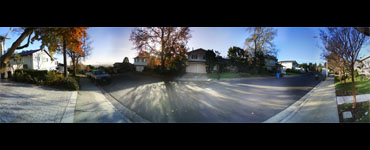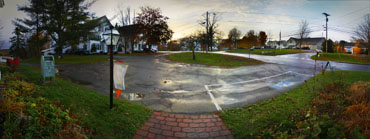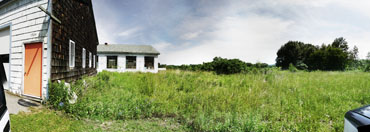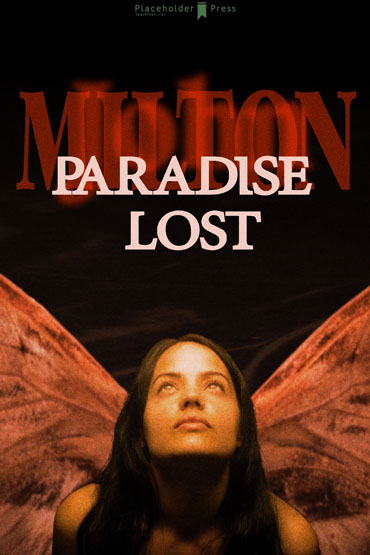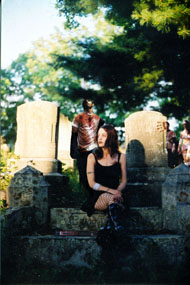Stitched together in Hugin from 19 camera phone pictures. Miller Cylindrical projection.
Panorama: Redwood City, California
Panorama: View From the Old Vose Library
The Common, Union, ME.
Stitched together in Hugin from 21 camera phone pictures. Mercator projection.
The Big Bang





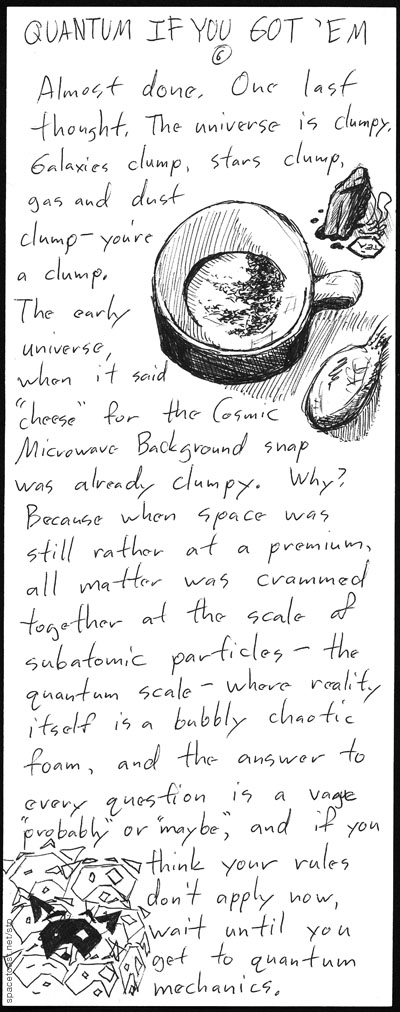
11 Great Children’s Book Titles or Terrible Band Names
If there actually is a child chapter book or band named after any of the following, I stand behind my opinions.
111 Minute Book Covers: The Lion, The Witch and the Wardrobe
Speed composition of a book cover for C. S. Lewis’s The Lion, The Witch and the Wardrobe, the first book of the Chronicles of Narnia (if numbered correctly).
Assets are “Tambako the Jaguar’s” CC licensed photograph of a lion from Flickr, and Henningklevjer’s CC licensed cloth weave texture from the Wikimedia Commons. Fonts are Charlemagne and Mona Lisa Solid.
Under 111 minutes? No, but with the template established, the rest of the series should go faster.
Click image for 300dpi.
Panorama: Off Route 17
111 Minute Book Covers: Paradise Lost
Speed composition of a book cover for John Milton’s Paradise Lost.
Assets are a photo of Michelle Webster from a shoot we did in March, and Ivan Tortuga’s public domain image of a moth from the Wikimedia Commons. Fonts are Zdenek Gromnica’s InfraRed and Gerard E. Bernor’s Bambi Bold.
Under 111 minutes? Close.
Click image for 300dpi.
Panorama: Beech Hill
Zombeatification
From a picture of my friend Michelle…
Still not as awesome as this image, or this image, but fun.
Lessons learned:
- I’m trying to teach myself not to just go in and make a mess in Photoshop. You can always get an image done faster by painting and filtering the assets directly, but adjustment layers and smart objects REALLY save grief when you need to go back in and fix things. This composite is almost completely nondestructive.
- Applying a filter to a smart object creates an editable “smart filter.” I don’t know how I missed this feature. I wish to god I’d noticed it when I did the Ego Likeness flyer for Plague.
- Also useful in a project currently underway, simulating the look of still film has two parts to it: grain and schmutz.
- Grain can be created by adding a 50% gray layer, setting its composite mode to Overlay, applying a small amount of noise, and scaling the layer up as desired.
- Schmutz is small fibres, hair and dust on the negative. This is a little harder. Opaque bits on a clear negative, they appear white when printed. I’d love to find a high-res print of an unexposed frame of film. Then you could just apply it as a layer in Screen mode. I wonder if it’s possible to make a convincing one in Animation:Master with instances and flocking.
- When you see what happens to people when zombies get them, why are the zombies we see always so intact?


